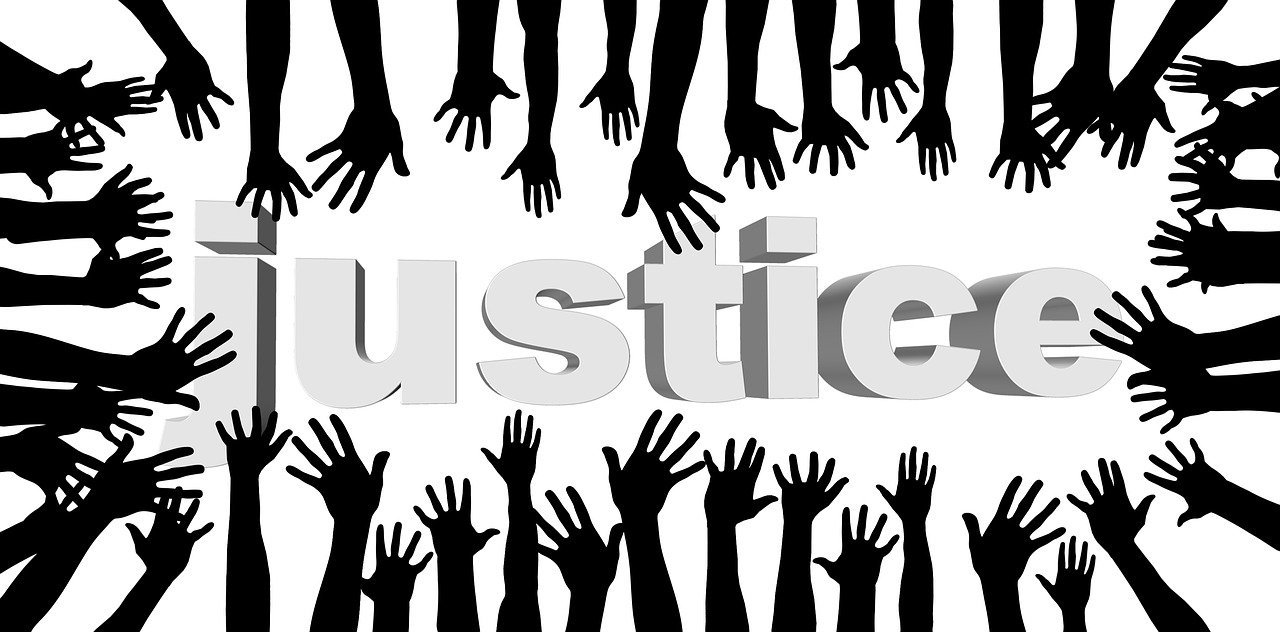Assessing Socioeconomic Trends in Tree Cover and Human Health in Urban Environments
Author(s): Tamara Basham
Collin County Commuity College District
1425 total view(s), 2148 download(s)
- Housing Segregation and Redlining in America: A Short History | NPR - YouTube
- Planting Trees Can Combat Effects Of Urban Heat Island, Climate Change : NPR
- Studies Find Redlining Linked To More Heat, Fewer Trees In Cities Nationwide : NPR
- https://dsl.richmond.edu/panorama/redlining/#loc=5/37.8/-97.9
- https://www.arcgis.com/apps/MapSeries/index.html?appid=8b6ba2620ac5407ea7ecfb4359132ee4
- Opinion | Since When Have Trees Existed Only for Rich Americans? - The New York Times
- How systemic racism shaped the ecosystems of U.S. cities - YouTube
- How Systemic Racism Affects Trees in Your City | One Small Step - YouTube
- Tree Equity Score Project - American Forests
- census tracts shp - Google Drive
- Copy of Tree Cover and Socioecon Dallas BIOME - Google Sheets
Student Instructions_Dallas Tree Cover and Socioeco_07012021.docx(DOCX | 519 KB)
census tracts shp-20210802T145408Z-001.zip(ZIP | 100 KB)
Tree Cover and Socioeconomic Student WorkSheet 07012021.docx(DOCX | 38 KB)
Social Justice and Community Change Lesson Plan_TBasham.docx(DOCX | 15 KB)
Tree Cover Pre-lab Activites and Quiz 05132021.docx(DOCX | 26 KB)
Socioeconomic and tree cover_Dallas_07082021_student.xlsx(XLSX | 20 KB)
tree cover prelab discussion.docx(DOCX | 20 KB)
Using Simple Linear Regression to Look at Relationships.pptx(PPTX | 241 KB)
- License terms
Description
Environmental justice is the concept that the distribution of environmental benefits (e.g., clean water) and burdens (e.g., air pollution) should be fair. Similar to social justice, the central idea to environmental justice is that no individual or group should bare a greater environmental burden or receive a larger share of environmental benefits than others. In this resource, students use a combination of publicly available data from the U.S. Census Bureau and Center for Disease Control (CDC) combined with tree cover data that they generate as a class to test their hypotheses about the relationships between socioeconomic factors, like income and race, and tree cover in the city of Dallas, Texas. Students then develop their own questions and hypotheses about the human health impacts of socially-driven environmental disparities. This series of data-centered activities is designed to introduce students to the role that social factors, such as racism and classism, play in shaping our urban environments, and how our urban environments impact overall human health. The importance and limitations of urban forests in maintaining healthy urban communities is also explored.
The exercises within this resource module can to be carried out as a series or as independent exercises. The exercises included in this module are:
- Students read articles and watch videos about the practice of Redlining and its role in shaping our urban communities before discussing this practice and its impacts as a class.
- Students assess tree cover for their assigned census tracts using iTree Canopy, and pool their data into a collaborative class data sheet.
- Students use simple linear regression in Excel to analyze their tree cover data in combination with provided publicly available data to address the following questions:
- Is tree cover equitably distributed within the city of Dallas?
- Do people in areas with higher tree cover live longer?
- Student-chosen question that can be tested with the provided data set and other resources that examines what other factors could be driving observed trends in life expectancy?
- Students present their findings in the format of their choosing.
Included in this resource are teaching notes and files used to conduct the pre-lab activities, the lab exercise and the students' final product.
Notes
This version of Social Justice and Climate Change uses some of the discussion materials and ideas, but focuses on the role that Redlining has played in the distribution of tree cover and the ecosystem services that they provided.
Shapefiles updated and data files Google sheets versions added 08/02/2021.
I carried out portions of these activities in my classes, but have not conducted all of the activities as a series of exercises yet. I plan to do so and to make further modifications this Fall 2021. I will post an updated version afterwards.
Cite this work
Researchers should cite this work as follows:
- Basham, T. (2021). Assessing Socioeconomic Trends in Tree Cover and Human Health in Urban Environments. Social Justice and Community Change, QUBES Educational Resources. doi:10.25334/8CQK-SV75
